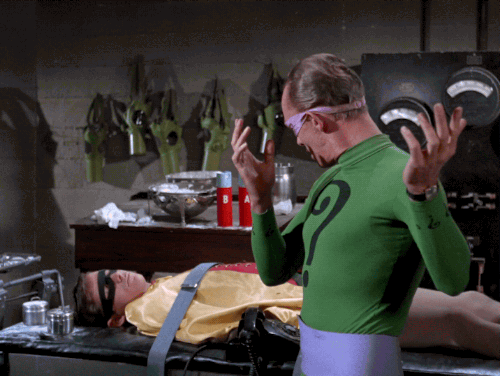NASA’s GRAIL (Gravity Recovery and Interior Laboratory) mission has spilled some more secret. The new data suggests that a volcanic plume, and not a striking asteroid, caused the 2,900km-wide section of Procellarum region on the near side of the moon. The Procellarum region is a broad region of low topography enclosed in dark mare basalt.
The research team from MIT, the Colorado School of Mines and other institutions from a high-resolution map discovered that the border comprised of sharp angles which can’t be created due to an asteroid impact as the impact of asteroids normally leads to circular craters not polygon one with edges made up of 120-degree angles.
According to the researchers the sharp edges and angles are gigantic tension cracks created following the cooling down of the moon’s crust- repercussion of a volcanic episode and defacing left due to a phenomenal upwelling of magma, deep the moon’s interior.
(See also this article at Mother Nature Network, with more diagrams.)



















/cdn0.vox-cdn.com/uploads/chorus_asset/file/2482044/dog1.0.gif)
/cdn0.vox-cdn.com/uploads/chorus_asset/file/2482042/dog2.0.gif)

/cdn0.vox-cdn.com/uploads/chorus_asset/file/2482166/flesher.0.png)

/cdn0.vox-cdn.com/uploads/chorus_asset/file/2482364/harvvv.0.gif)
/cdn0.vox-cdn.com/uploads/chorus_asset/file/2482304/harvv.0.gif)






